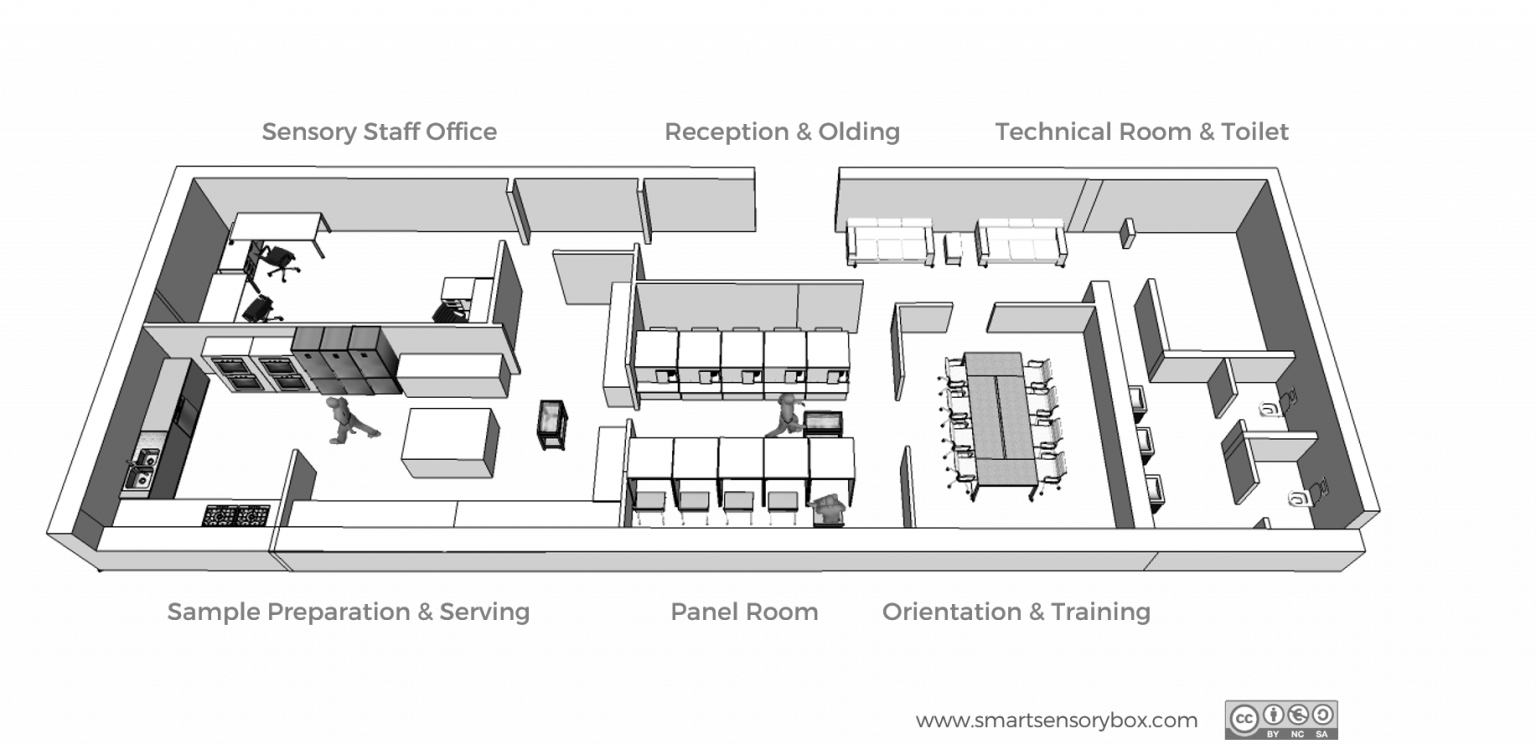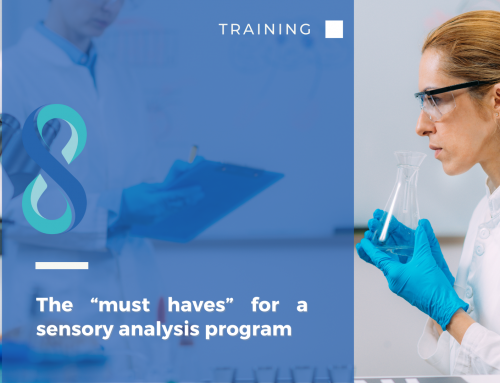Many tools for many goals
Like a mechanic starting to work on a car, you will need to build your own sensory analysis toolbox before you start. Sensory analysis offers about 25 different sensory test patterns, each one is used to obtain a certain result. If carried out correctly, the sensory tests ensure that the outputs of the analytical procedures and statistical elaborations are objective, replicable and meaningful. In three words, you will obtain reliable, scientific results.
Each Sensory test test differs from the other in complexity, number of samples to be analysed, number of samples served to each panellist, skills and number of panellists required for the test. One of the main things to keep in mind if you want to start a sensory programme is to start building an appropriate Sensory analysis toolbox.
How to choose the right test for your needs
But how can we choose the right sensory test for our needs? We can say that sensory tests can be grouped in categories or families. The tests in the same category answer to the same type of question:
So as Panel Leaders, once we choose the right family of sensory tests, we can go on to select the specific pattern we think we should use. This decision is based on a series of factors such as the purpose of the analysis, the number and quantity of samples available, the sensory fatigue generated by the sample and the number of panellists available and their level of expertise.
Build your toolkit for sensory and consumer testing
Wrap up
Each one of sensory tests described in the scientific literature can fall into one or more of the categories illustrated above. We pictured these categories as a subway map. Each line will take you to a final destination, that is, the question you want to answer. The specific tests can be considered metro stations that provide access to one or more specific questions at the same time.

Did you recognise any of the tests mentioned in this article? Are you unsure on which kind of test you need to use in order to solve your research problem? Ask us!




